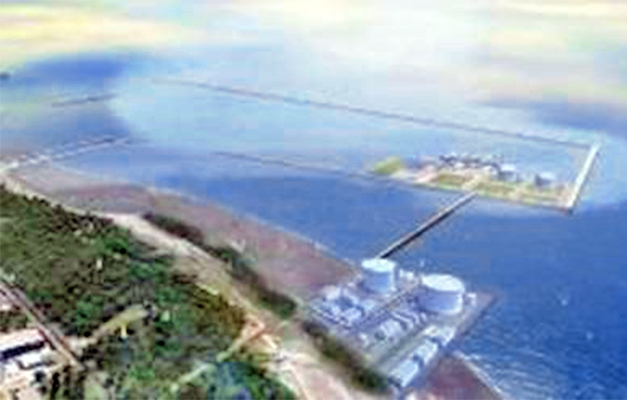Preserving both the local and global environments

Protecting local ecosystems is as important as mitigating climate change, and PECL demonstrates its commitment to both through its Feasibility Study and Environmental Impact Assessment project for Taiwan's vital Third LNG Receiving Terminal.
Taiwan is committed to dramatically reducing its greenhouse gas emissions by transitioning its power supply away from coal and towards renewables and especially low-emissions natural gas. Taiwan is adding or revamping 15 GW of natural gas fired power generating capacity over the next decade, which will generate at least 50% of total power demand. The island has no domestic supply of natural gas, however, and relies wholly upon imported LNG (liquefied natural gas). More natural gas fired power require more LNG, but Taiwan's import facilities are already at capacity. That's why the long-awaited Third LNG Receiving Terminal and the storage facilities it will bring is so important to Taiwan's energy transition and climate change mitigation efforts.
Located in the Kuantang Industrial Park in Taoyuan City, northern Taiwan, the terminal will have a capacity of 3 million metric tons per annum, and includes two 160,000 kiloliter LNG storage tanks as well as gasification and gas supply facilities to connect with the existing gas supply system. The Third LNG Receiving Terminal is critical to fueling the nearby Datan Power Plant, which is undergoing a massive expansion.
However, the terminal is also located in a sensitive marine environment, and the project has long provoked opposition from environmentalists, particularly after endemic reefs were discovered within the original development plans.
In light of PECL's long track record of successfully managing difficult environmental circumstances, it was the natural choice for CPC Corporation, Taiwan, the project's owner, to configure the facility to have the least impact on the local environment while retaining its much-needed capacity.
To achieve these goals, PECL:
- Reduced the footprint of the development from 232 hectares to 23 hectares.
- Relocated the tanker jetty outside the biozone of the endemic reefs and connected it to the main terminal via a 2-kilometer-long pipeline running atop a causeway.
- Conducted a comprehensive survey of the local ecosystem and created an environmental monitoring plan.
PECL's work on the Third Terminal didn't stop there and included a feasibility study that encompassed not only facilities' design, but also budget estimation and risk evaluation.
Thanks to the work of PECL, the Third LNG Receiving Terminal was granted its EIA and was cleared to begin construction on October 8, 2018. The project is ongoing, and the terminal is scheduled to go online by December 2025.